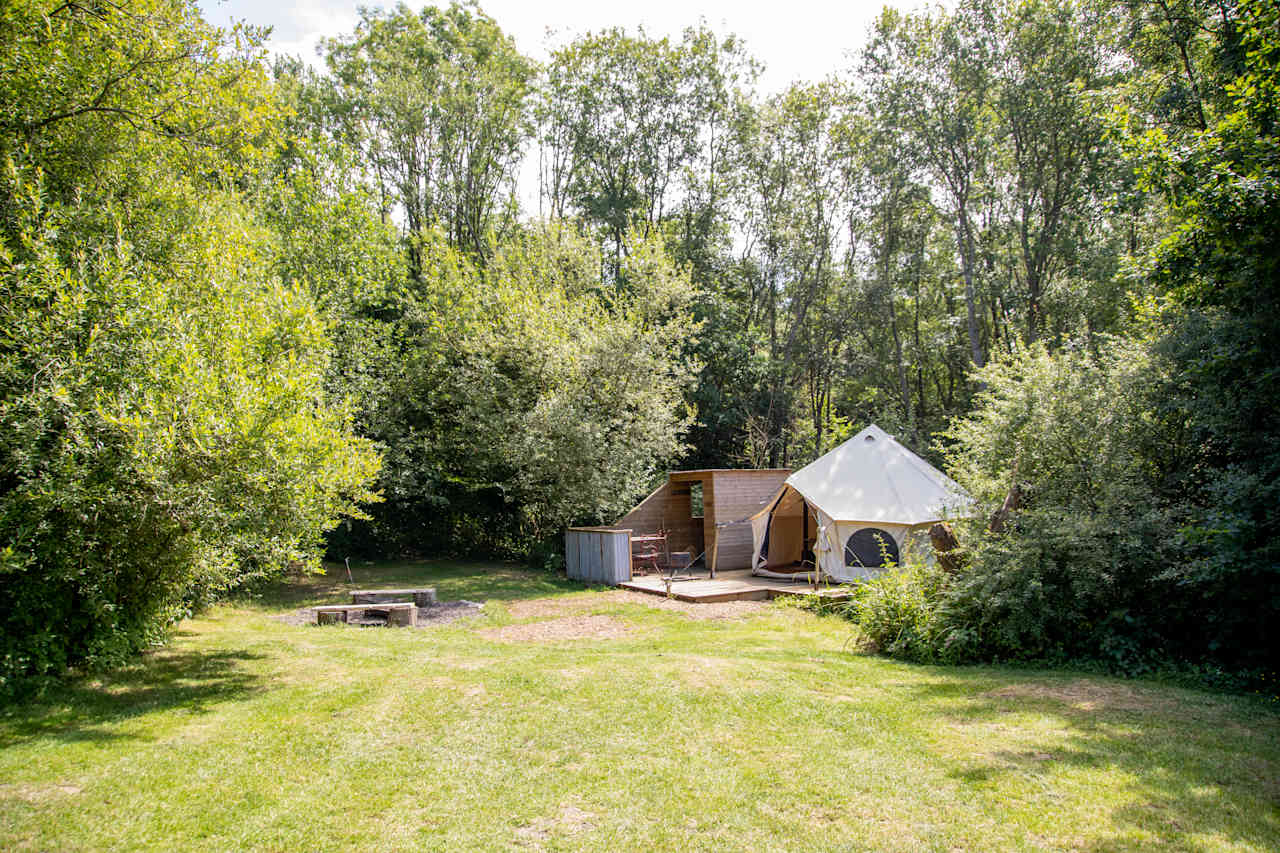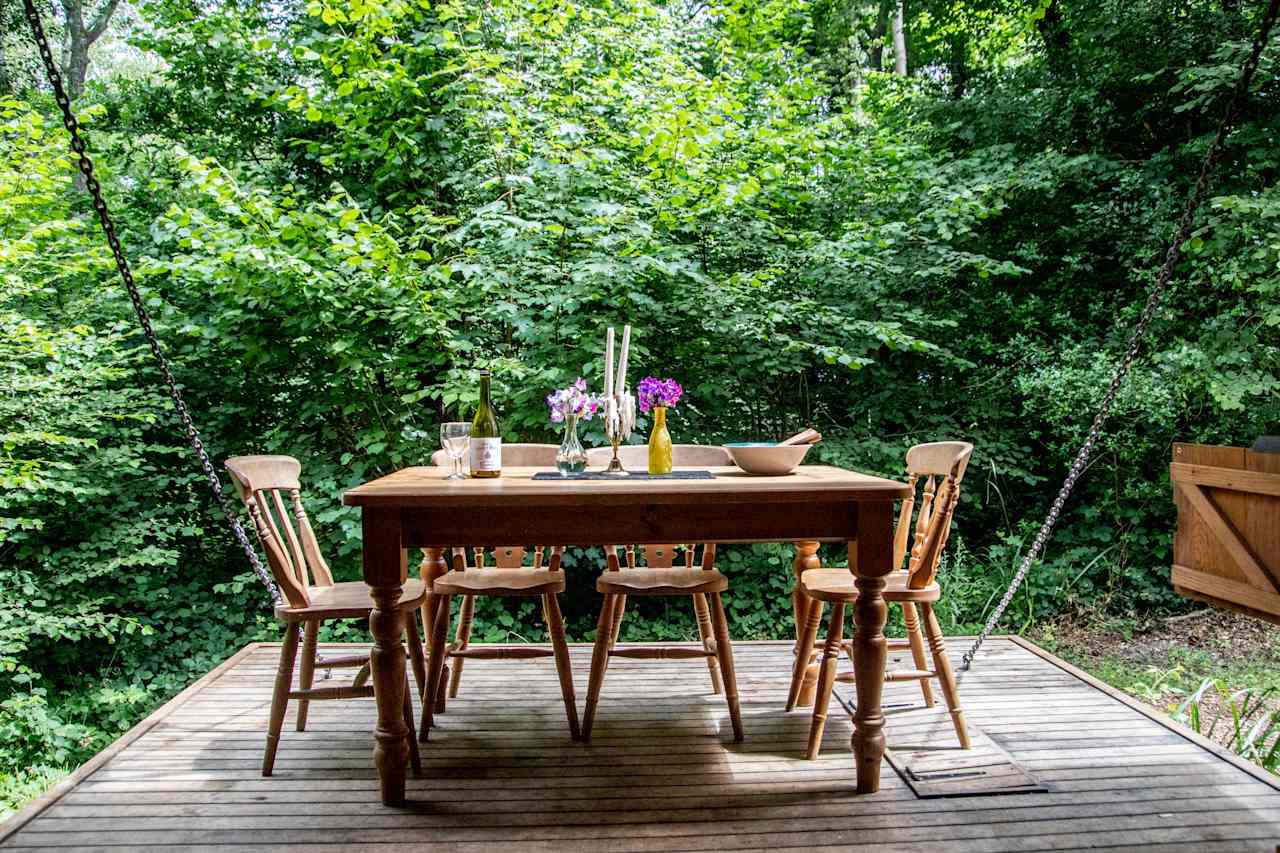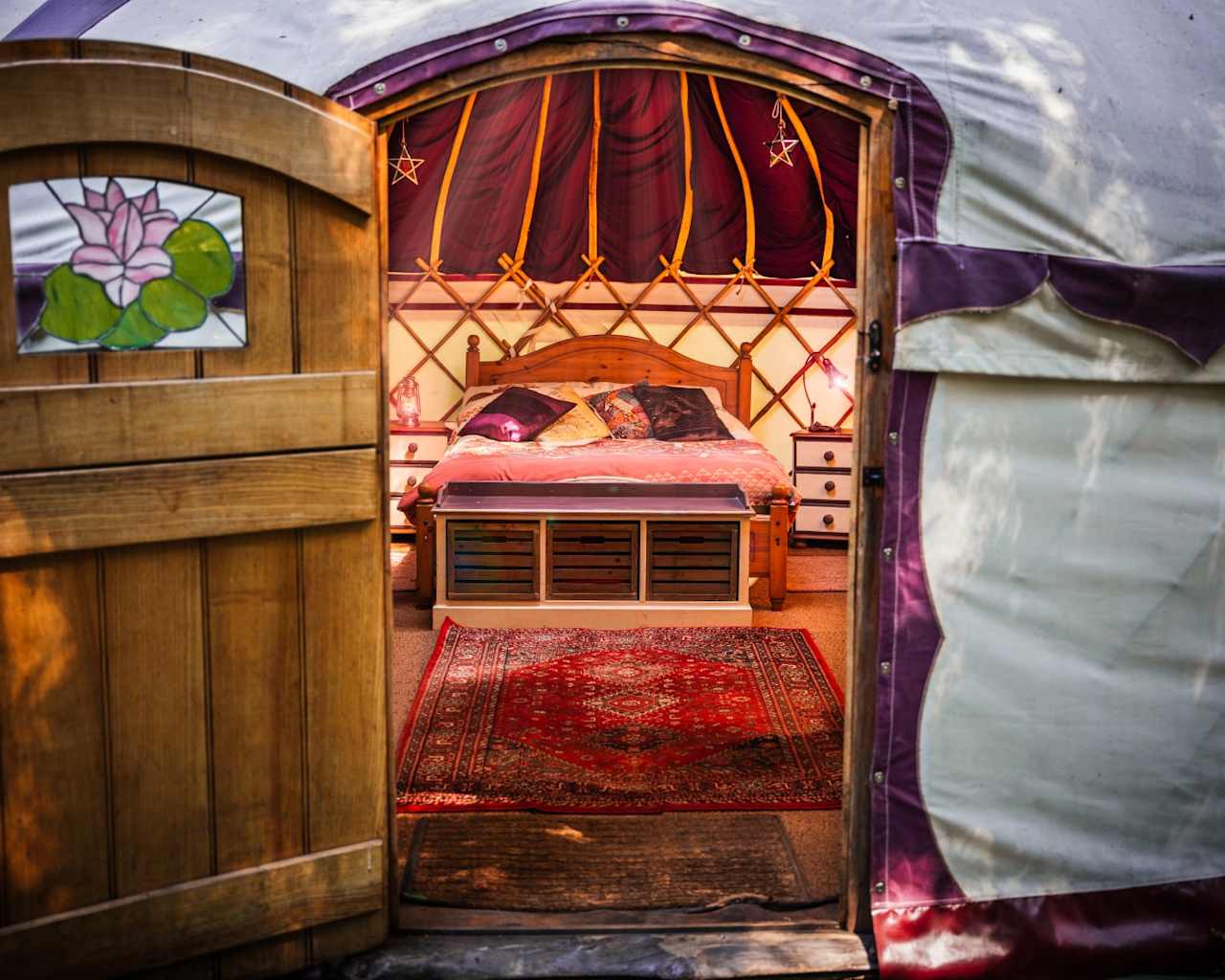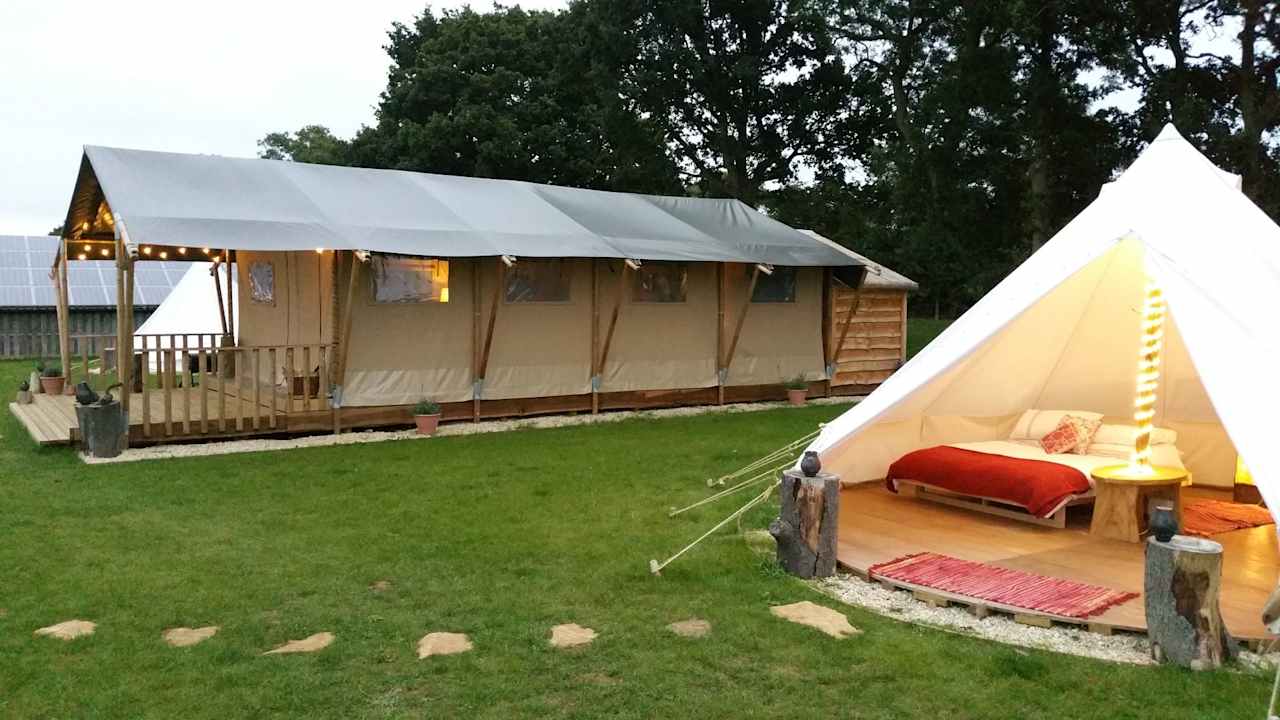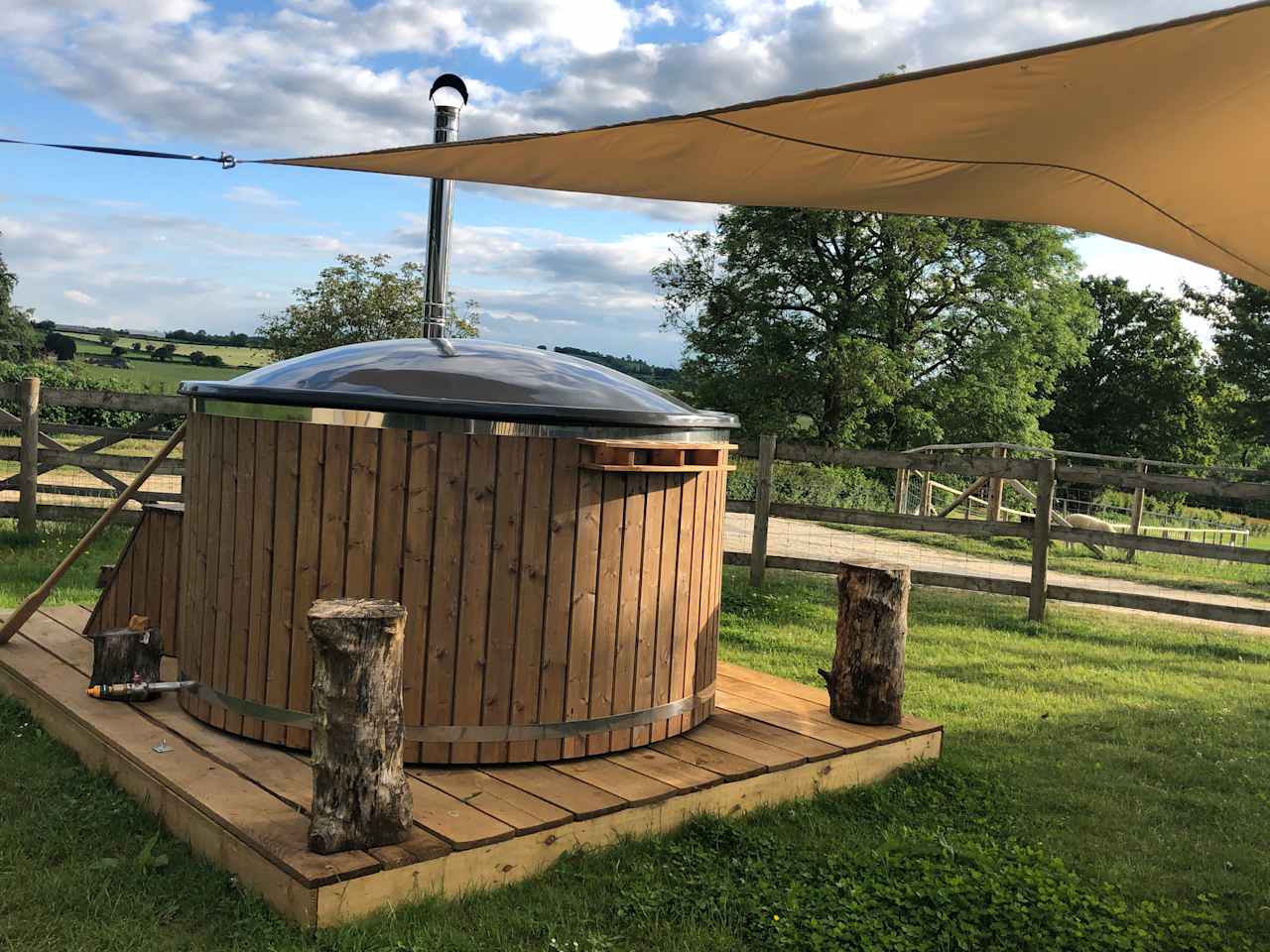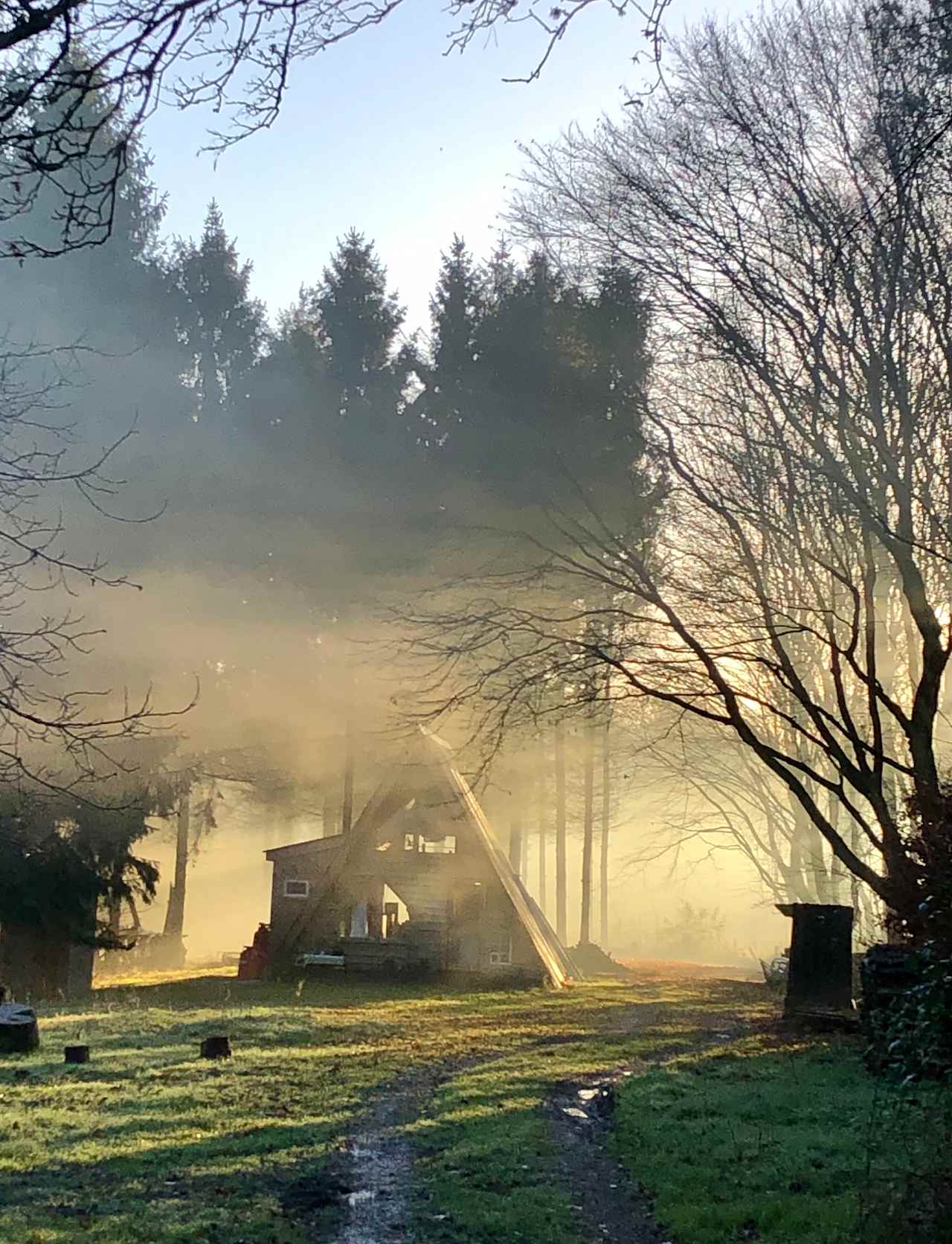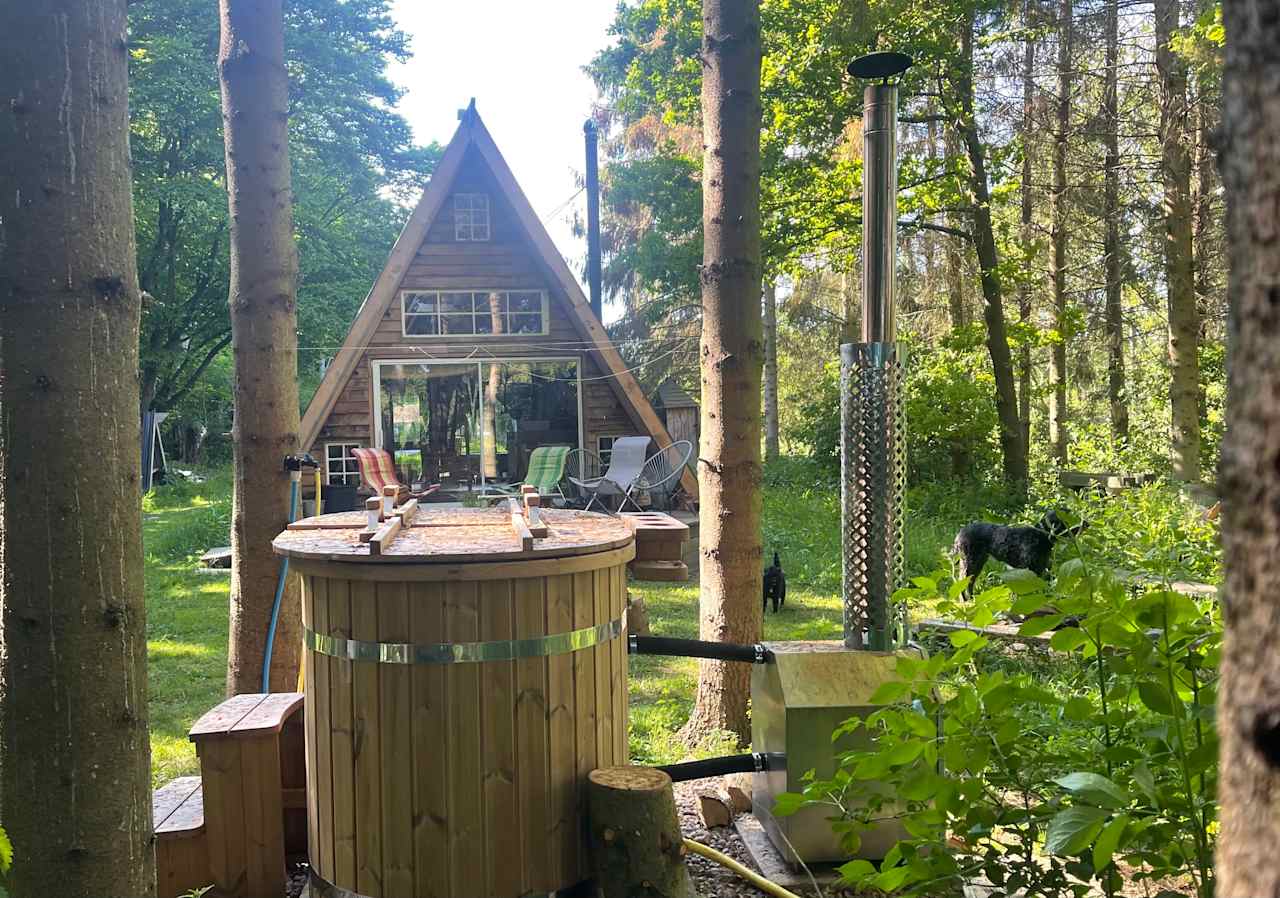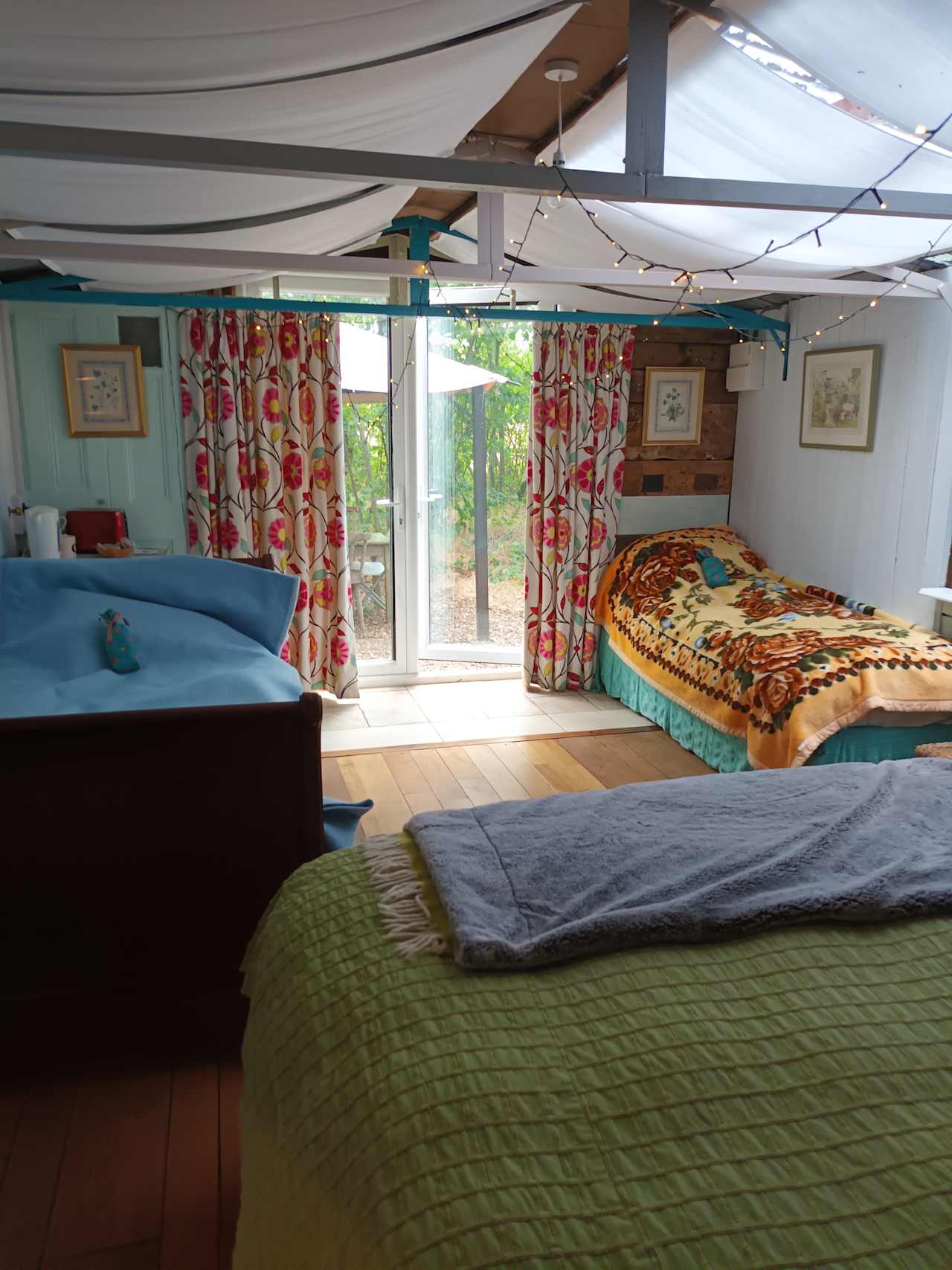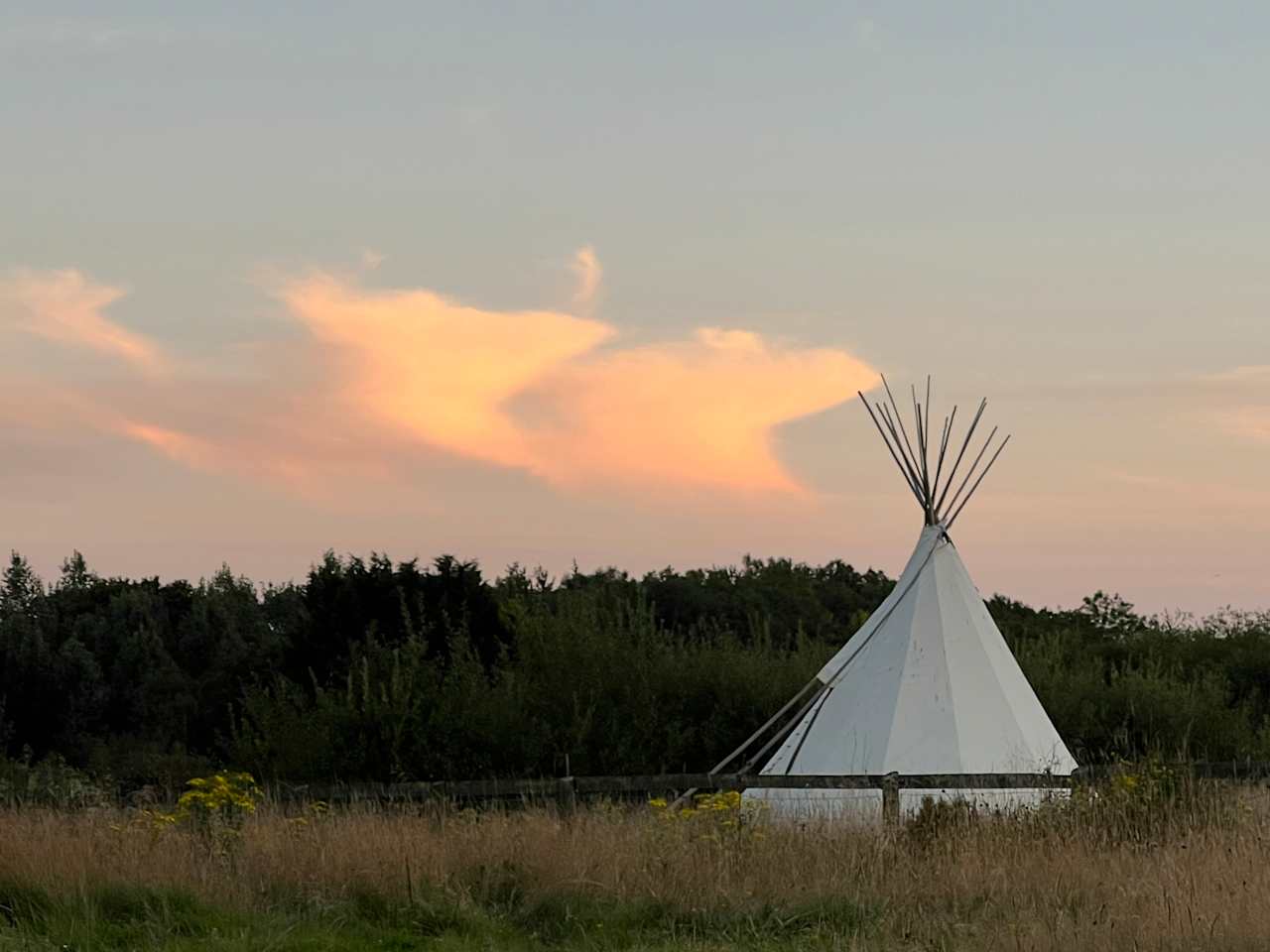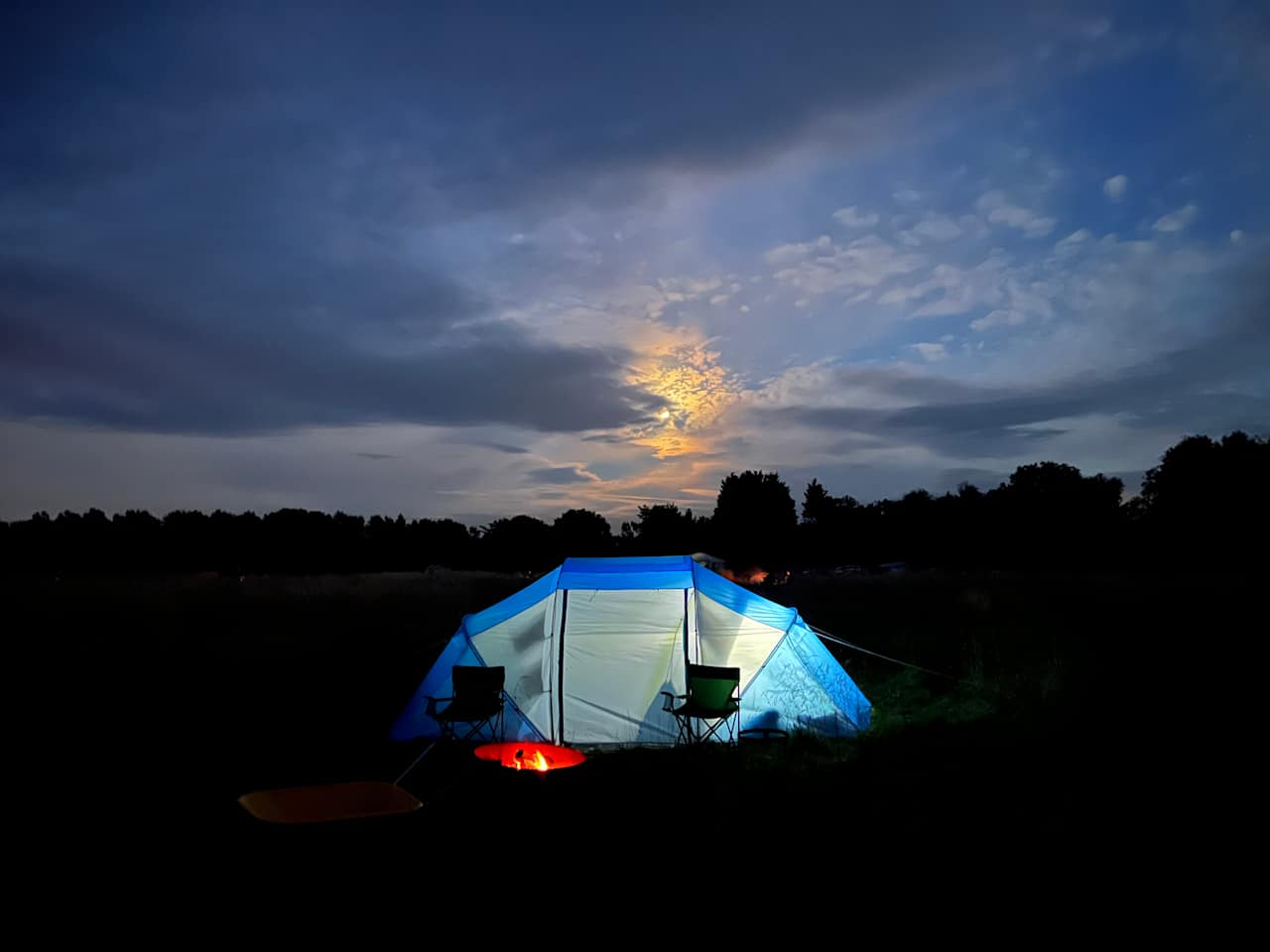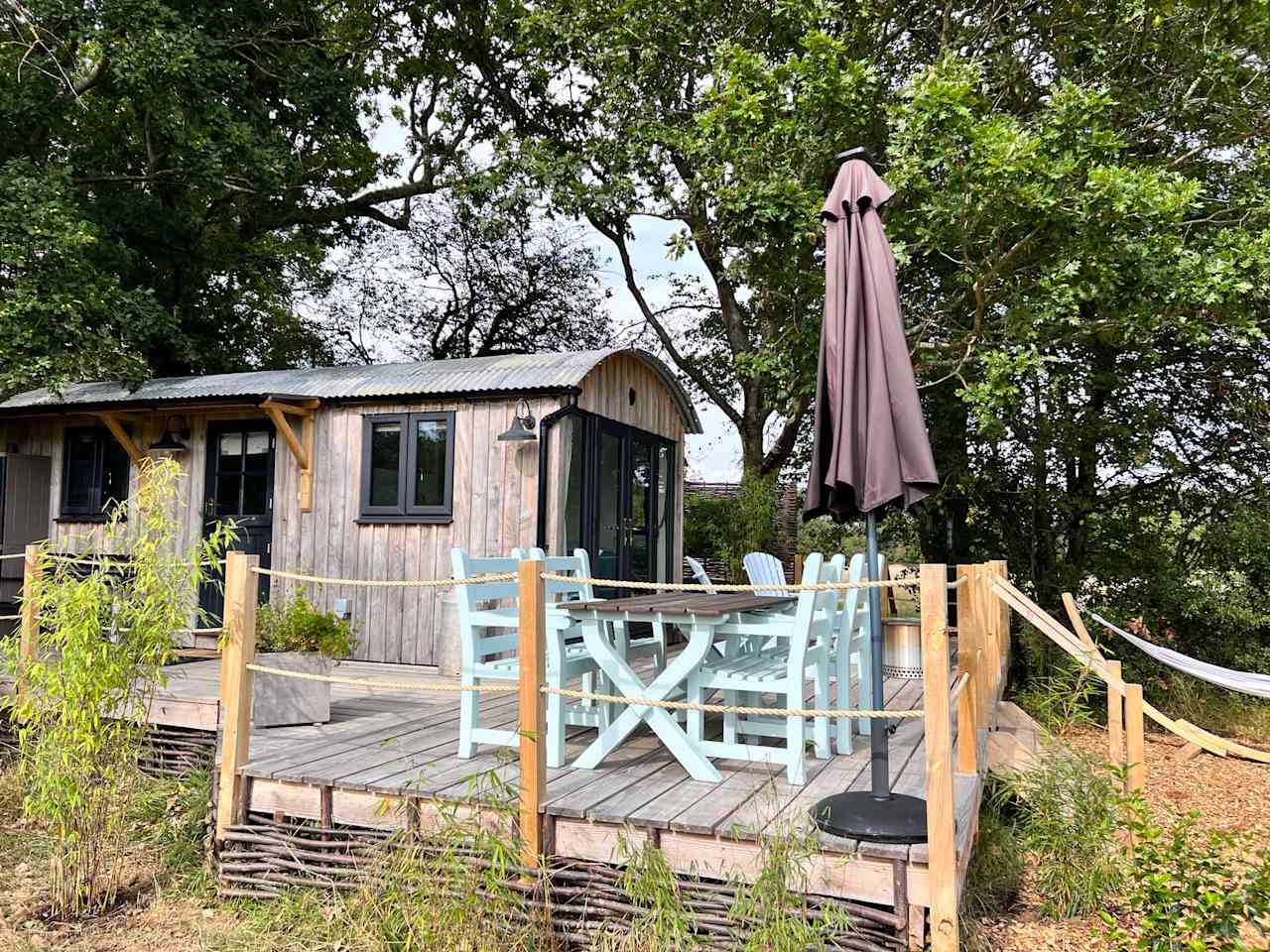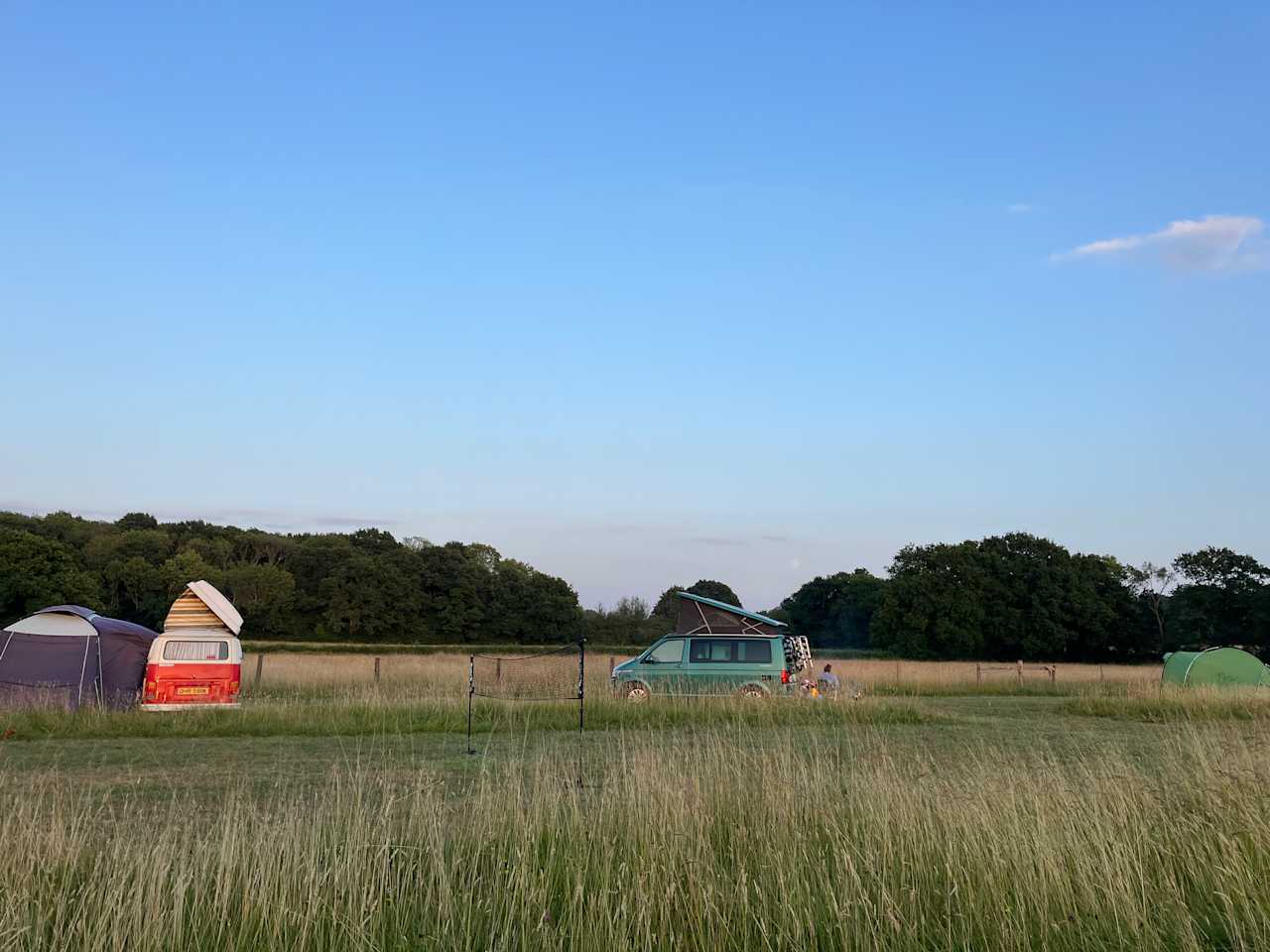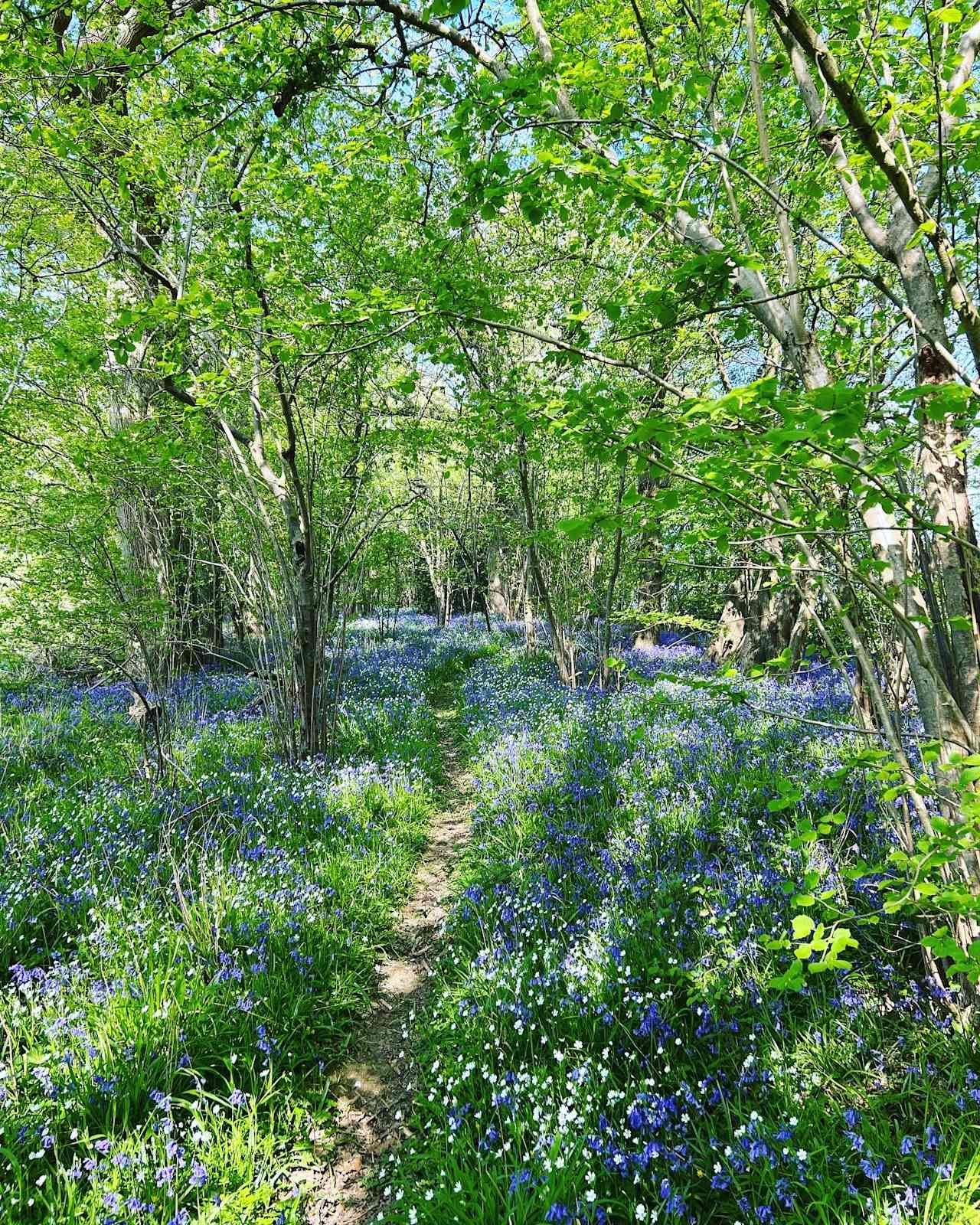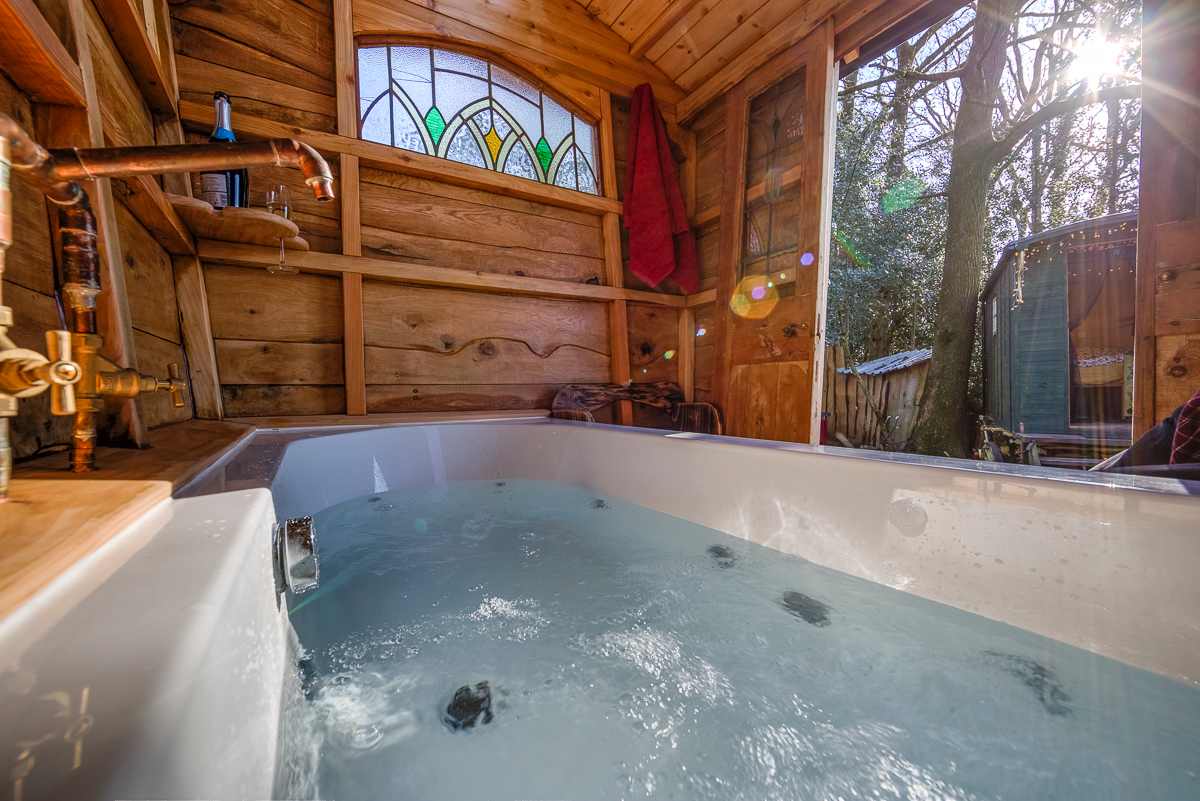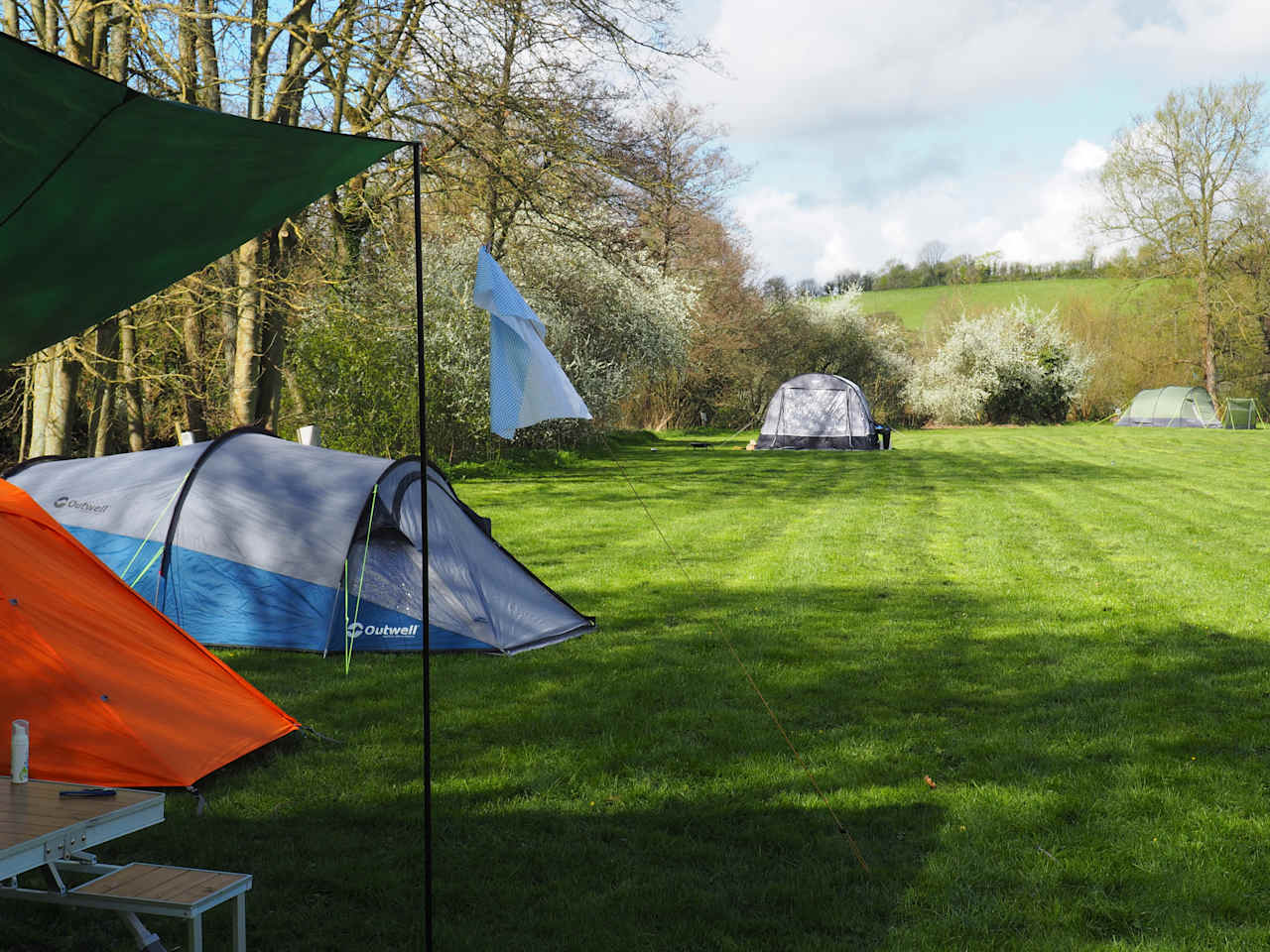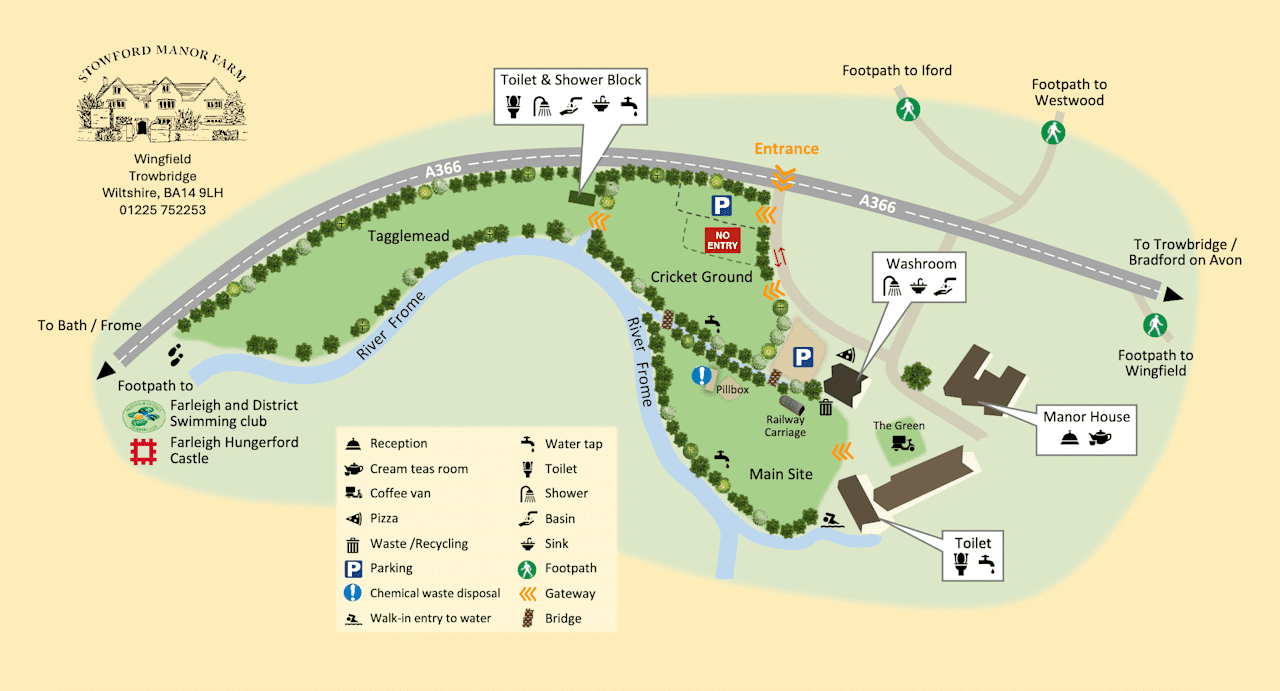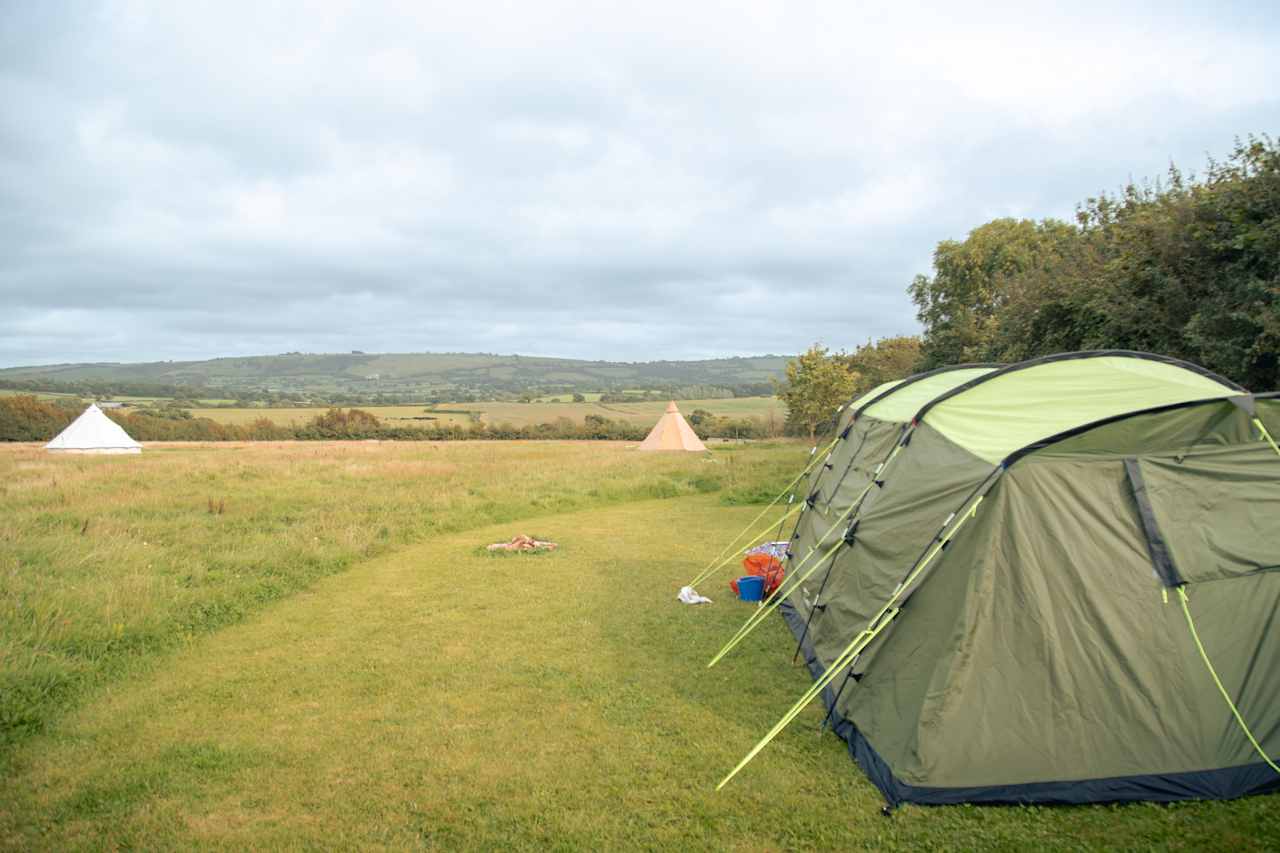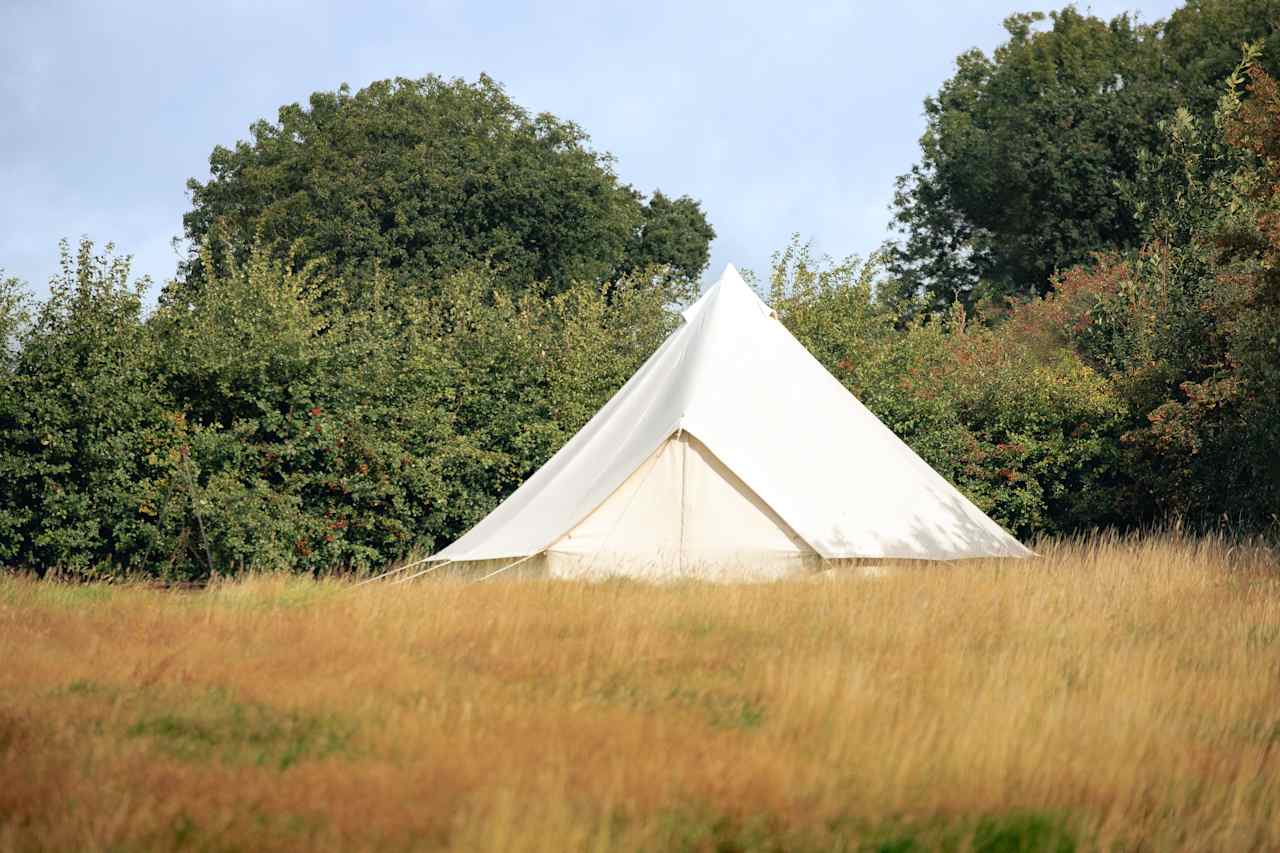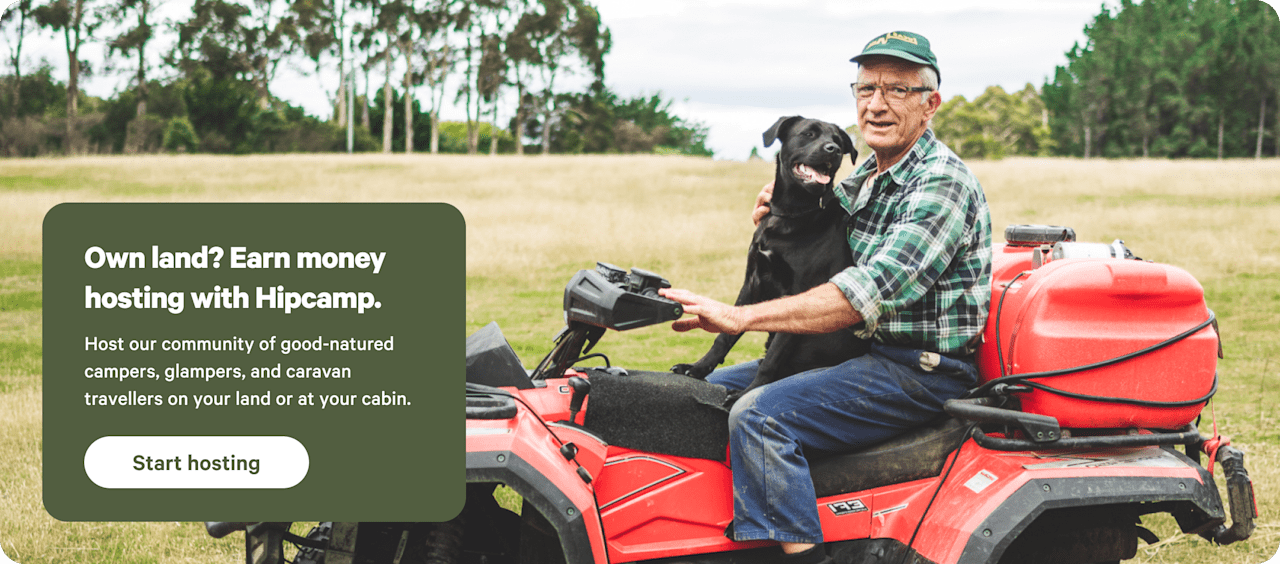Cabins near Lymington
This port town is surrounded by national park with ferry access to the Isle of Wight.
- Lymington
Popular camping styles for Lymington
Dog-friendly getaways
12 top cabins sites near Lymington


Cabins near Lymington guide
Overview
Whether it's boat trips from the quay, exploring the Solent coast on foot, or cycling the car-free trails in the nearby New Forest, the seaside town of Lymington has plenty to keep campers busy. A small port town on the Lymington River in southern England’s county of Hampshire, it’s near some popular beach resort towns—particularly Bournemouth and Poole—and faces the Isle of Wight. Lymington is also surrounded by the New Forest National Park, with woodlands, moors, and cliffs. Campers have many options in the Lymington area and can choose between campsites and caravan parks in town, along the coast, or in the national park, as well as on the Isle of Wight, connected to Lymington by vehicle ferry.
Top things to do near Lymington
You’re spoilt for choice if you’re looking for things to do while camping in Lymington. This ancient port on the edge of the New Forest and the shores of the Solent offers the best of coast and country.
- Head out to sea on a sailing trip, go for a swim in the town’s seawater baths, or walk along the Solent Way for views across to the Isle of Wight.
- At St Barbe’s Museum and Art Gallery, learn about the history of Lymington and the New Forest.
- The seafaring history of this part of the world is explored at Buckler’s Hard Maritime Museum, about 20 minutes’ drive away. And if you fancy your own voyage of discovery, just outside of town are Wightlink ferry services to Yarmouth on the Isle of Wight.
- Beaulieu, a country house and gardens with a motor museum, and Paultons Park, a theme park incorporating Peppa Pig World, are popular kid-friendly attractions in the area.
Where to go
New Forest National Park
The New Forest National Park surrounds Lymington, extending from the coast to an area near Salisbury inland. With its miles of heather moorland and woodland, it’s a haven for wildlife, including the wild New Forest ponies. It’s a short drive inland to Brockenhurst, the town at the heart of the New Forest National Park—and you can use the New Forest open-top bus service to travel between the towns and the forest’s sights if you don’t fancy the drive. From Brockenhurst, hire bikes and head out on one of the many car-free cycle routes. There are also riding stables and plenty of bridleways and footpaths for keen walkers. Wild camping isn’t allowed in the New Forest, but many formal campsites and caravan parks dot the area.
Isle of Wight
Lymington is one of the access points to the Isle of Wight, with a regular ferry crossing to Yarmouth on the island’s northwest. The Isle of Wight is a popular holiday destination and part of the island is a designated Area of Outstanding National Beauty (AONB). Campers staying in Lymington can visit the island on a day trip but there are many camping options there too, from coastal campgrounds to those inland and within the AONB.
Cranborne Chase AONB
Spanning Hampshire, Dorset, Somerset, and Wiltshire, the Cranborne Chase AONB is an important area of chalk grasslands and escarpments, ancient woodlands, and archaeological sites. From the top of the highest point in Cranborne Chase, the 908-foot Win Green, visitors can see all the way to the Isle of Wight in one direction and the Quantock Hills AONB in the other. There are many places to camp throughout Cranborne Chase.
When to go
Summer is the best time to camp in and around Lymington. The temperatures are usually mild, there’s less rain, and the days are long. School holidays tend to be the busiest time to camp and the Isle of Wight is especially popular. Some campsites are closed outside of summer given tent camping in an English winter can be uncomfortable, but cabins or cottages can be booked for off-season travel instead.

